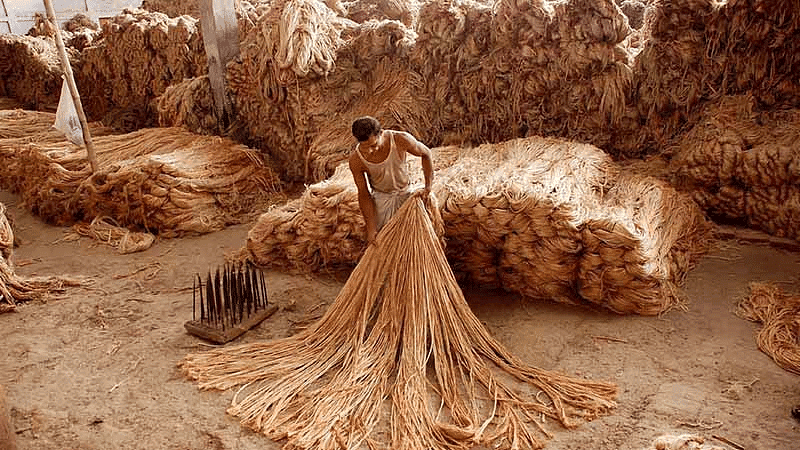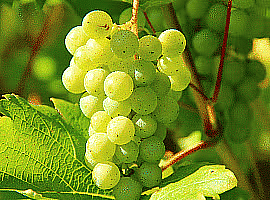Class 8 Social Science Agriculture CBSE Worksheets Solutions
| Table of contents |

|
| MCQs |

|
| Match the Following |

|
| Fill in the Blanks |

|
| True or False |

|
| Very Short Answer Questions |

|
MCQs
Q1: What is agriculture?
a) Mining of minerals
b) Growing crops and rearing livestock
c) Manufacturing goods
d) Providing services
Ans: b) Growing crops and rearing livestock
Agriculture involves the cultivation of crops and the rearing of animals for various purposes such as food, fiber, and other products.

Q2: Which factor is not influencing agriculture?
a) Climate
b) Soil
c) Topography
d) Population density
Ans: d) Population density
While population density can indirectly affect agriculture, it is not a direct factor influencing agricultural practices such as climate, soil, and topography.
Q3: What does horticulture mean?
a) Growing of fruits and vegetables
b) Primitive farming
c) Growing of wheat
d) None of the above
Ans: a) Growing of fruits and vegetables
Horticulture refers to the cultivation of fruits, vegetables, flowers, and ornamental plants.
Q4: Which crop is referred to as the "Golden Fibre"?
a) Tea
b) Cotton
c) Jute
d) Coffee
Ans: c) Jute
Jute is often referred to as the "Golden Fibre" due to its golden color and importance in various industries.
 Jute
Jute
Q5: Where are the leading producers of coffee located?
a) Brazil
b) India
c) Russia
d) China
Ans: a) Brazil
Brazil is one of the leading producers of coffee in the world.
 Coffee Plantation
Coffee Plantation
Match the Following

Answers
1. Tea - c. Cool climate
Tea plants require a cool climate for optimal growth.
2. Shifting cultivation - a. Slash and burn
Shifting cultivation involves clearing land by slashing vegetation and burning it before planting crops.
3. Coffee - b. Hill slopes
Coffee plants thrive on hill slopes due to their need for well-drained loamy soil and suitable climatic conditions.
4. Wheat - d. Winter crop
Wheat is predominantly grown as a winter crop in regions with moderate temperatures.
Fill in the Blanks
Q1: Shifting cultivation is also known as slash and burn agriculture.
Shifting cultivation involves clearing land by slashing vegetation and burning it before planting crops.
 Shifting Cultivation
Shifting Cultivation
Q2: Agriculture is classified as a primary activity.
Agriculture involves the primary activity of cultivating crops and rearing livestock.
Q3: Tea requires a cool climate for its growth.
Tea plants thrive in cool climates with well-distributed rainfall throughout the year.
 Tea Plantation
Tea Plantation
Q4: Rice is a major food crop of the world.
Rice is a staple food crop consumed by a large population globally.
Q5: Plantations require a large amount of labour and capital.
Plantations involve extensive cultivation of a single crop and require significant labor for maintenance and harvesting.
True or False
Q1: Agriculture is classified as a tertiary activity.
Ans: False
Agriculture is classified as a primary activity involving the cultivation of crops and rearing of livestock.
Q2: Commercial farming is practiced mainly for subsistence.
Ans: False
Commercial farming is practiced primarily for profit and sale in the market, not for subsistence.
Q3: Shifting cultivation involves permanent settlement in one area.
Ans: False
Shifting cultivation involves temporary settlements as farmers move from one plot of land to another after exhausting the soil's fertility.
Q4: Maize requires low rainfall for its growth.
Ans: False
Maize requires moderate rainfall for optimal growth along with plenty of sunshine.
Q5: Tea is primarily grown in arid regions.
Ans: False
Tea is primarily grown in regions with cool climates and well-distributed rainfall throughout the year.
Very Short Answer Questions
Q1: What do you mean by viticulture?
Ans: Viticulture is the cultivation of grapes.
 Grapes
Grapes
Q2: Which two countries lead in the production of jute?
Ans: India and Bangladesh are the leading producers of jute.
Q3: What is sericulture?
Ans: Sericulture is the commercial rearing of silk worms.
 Silk Worms
Silk Worms
Q4: What is arable land?
Ans: The land on which the crops are grown is known as arable land.
Q5: What is pisciculture?
Ans: Pisciculture involves breeding of fish in specially constructed tanks and ponds.
 Pisciculture
Pisciculture
Q6: What are 3 types of economic activities?
Ans: The 3 types of economic activities are primary, secondary and tertiary activities.
Q7: Which country leads the world in production of rice?
Ans: China leads in the production of rice followed by India, Japan, Sri Lanka and Egypt.
 Rice
Rice
Q8: What are fibre crops?
Ans: Jute and cotton are fibre crops.
 Cotton
Cotton
Q9: Name the staple diet of the tropical and sub-tropical regions.
Ans: Rice is the staple diet of the tropical and sub-tropical regions.
Q10: What is the main characteristic of plantation agriculture?
Ans: In plantation agriculture only a single crop is grown.
|
69 videos|431 docs|46 tests
|
FAQs on Class 8 Social Science Agriculture CBSE Worksheets Solutions
| 1. What are the main types of agriculture mentioned in the article? |  |
| 2. How does agriculture contribute to the economy? |  |
| 3. What are the common challenges faced by farmers in agriculture? |  |
| 4. How can sustainable agriculture practices benefit the environment? |  |
| 5. What role does technology play in modern agriculture? |  |





















